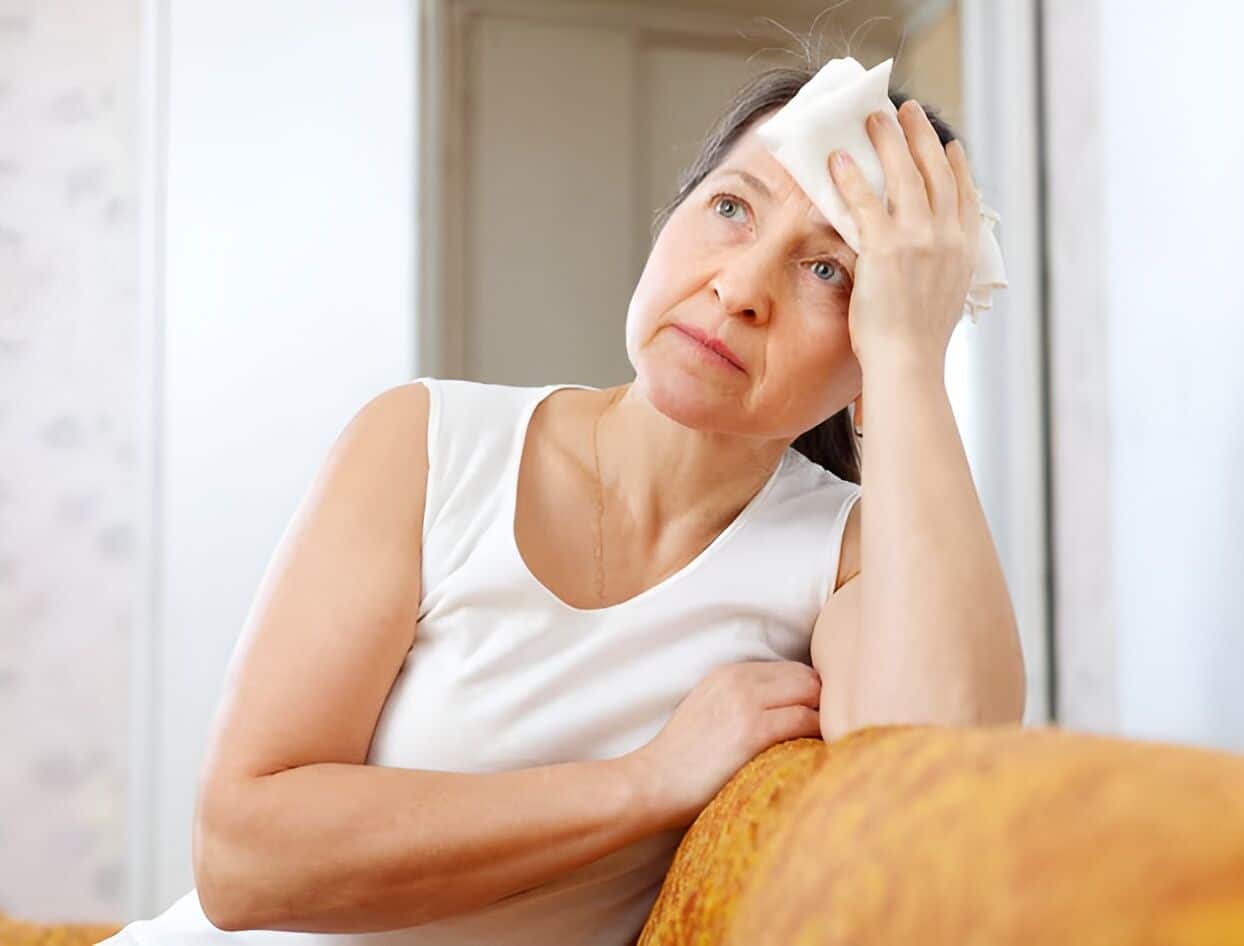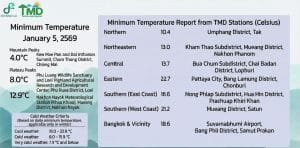Hot flashes in menopausal women: A warning sign for heart and metabolic issues

Hot flashes, those sudden surges of heat and sweat that many women experience during menopause, may be more than just an uncomfortable nuisance. Emerging research suggests that these vasomotor symptoms could be a red flag for more serious health issues, including an increased risk for heart and metabolic problems.
At the ongoing ENDO 2024 meeting in Boston, a groundbreaking study revealed that women experiencing moderate-to-severe hot flashes and night sweats have a threefold higher risk of developing metabolic-dysfunction-associated steatotic liver disease (MASLD), also known as non-alcoholic fatty liver disease (NAFLD), compared to those with mild symptoms.
This study, led by Dr Eleni Armeni of the National and Kapodistrian University of Athens, highlights the critical connection between vasomotor symptoms and cardiometabolic risk factors.
Unpacking the research
Dr Armeni’s team evaluated 106 peri- and postmenopausal women at an outpatient menopause clinic. They estimated the risk of steatotic liver disease (SLD) and considered various factors such as age, exercise, alcohol consumption, smoking, menstrual irregularity history, and hormone replacement therapy use. The findings were striking: women with moderate-to-severe vasomotor symptoms faced a threefold higher risk of MASLD. This risk surged to 9.3 times higher among those who experienced these symptoms within five years after transitioning to menopause.

“This research is significant as it contributes to understanding the link between vasomotor symptoms and cardiometabolic risk factors,” said Dr Armeni. “It is crucial for the general public because it emphasises how hot flashes and night sweats can signal an increased risk for heart and metabolic issues.”
The broader implications
Traditionally, vasomotor symptoms have been viewed primarily as indicators of estrogen deficiency. However, this study suggests they have broader implications for cardiovascular health related to hormonal imbalances. Women experiencing these symptoms should consult healthcare professionals to address their symptoms and assess their cardiovascular health.
“We hope these findings will encourage healthcare providers to offer comprehensive care to peri- and postmenopausal women, going beyond discussions solely focused on hormone replacement therapy,” Armeni added.
Hot flashes 101
To understand why hot flashes occur and how they can be managed, Dr Wen Shen, a Johns Hopkins gynaecologist specializing in perimenopause and menopause, offers some insights:

What is a hot flash?
Hot flashes are quick bursts of heat that can last from 30 seconds to about five minutes. They often cause the face and neck to turn red, increase heart rate, and produce sudden, intense sweating. Night sweats are similar but occur during sleep, often jolting women awake.
These symptoms can lead to fatigue, irritability, and even forgetfulness. For 10% to 15% of women, hot flashes are severe enough to disrupt daily activities. If you feel your life is impacted, it is important to speak with your gynaecologist.
Duration and frequency
On average, women may experience hot flashes for 10-15 years. Here’s a general timeline:
- 40s: Perimenopause begins, with some hot flashes and night sweats.
- 46-53: Average age for menopause, with the most frequent hot flashes occurring in the two years following menopause.
- Late 50s: Hot flashes may continue for 4-10 years post-menopause, decreasing in frequency and severity over time.
Causes
The exact causes of hot flashes are unknown, but they are thought to be related to changes in the brain’s thermoregulatory centre, influenced by hormonal fluctuations. During perimenopause, hormones like progesterone and estrogen vary widely, leading to these symptoms. This hormonal rollercoaster usually stabilises about 10 years post-menopause.

Managing hot flashes
There are several ways to manage hot flashes:
- Lifestyle Changes: Regular exercise, maintaining a healthy weight, and avoiding triggers like spicy foods, caffeine, and alcohol.
- Cooling Techniques: Using fans, wearing light clothing, and sleeping in a cool room.
- Medications: If lifestyle changes aren’t enough, consult your gynaecologist about prescription options.
The takeaway
Hot flashes are more than just a bothersome symptom of menopause; they can be a sign of underlying health risks. Understanding this connection can help women take proactive steps to protect their heart and metabolic health during and after the menopausal transition. If you’re experiencing significant vasomotor symptoms, it’s essential to discuss them with your healthcare provider to ensure comprehensive care.
Post-menopausal women are encouraged to do yearly health screenings and also to consult a cardiologists and endocrinologists to check for any heart or metabolic issues. For those wanting to seek the right specialist in Thailand, contact MediJump for more details.
Latest Thailand News
Follow The Thaiger on Google News:


























